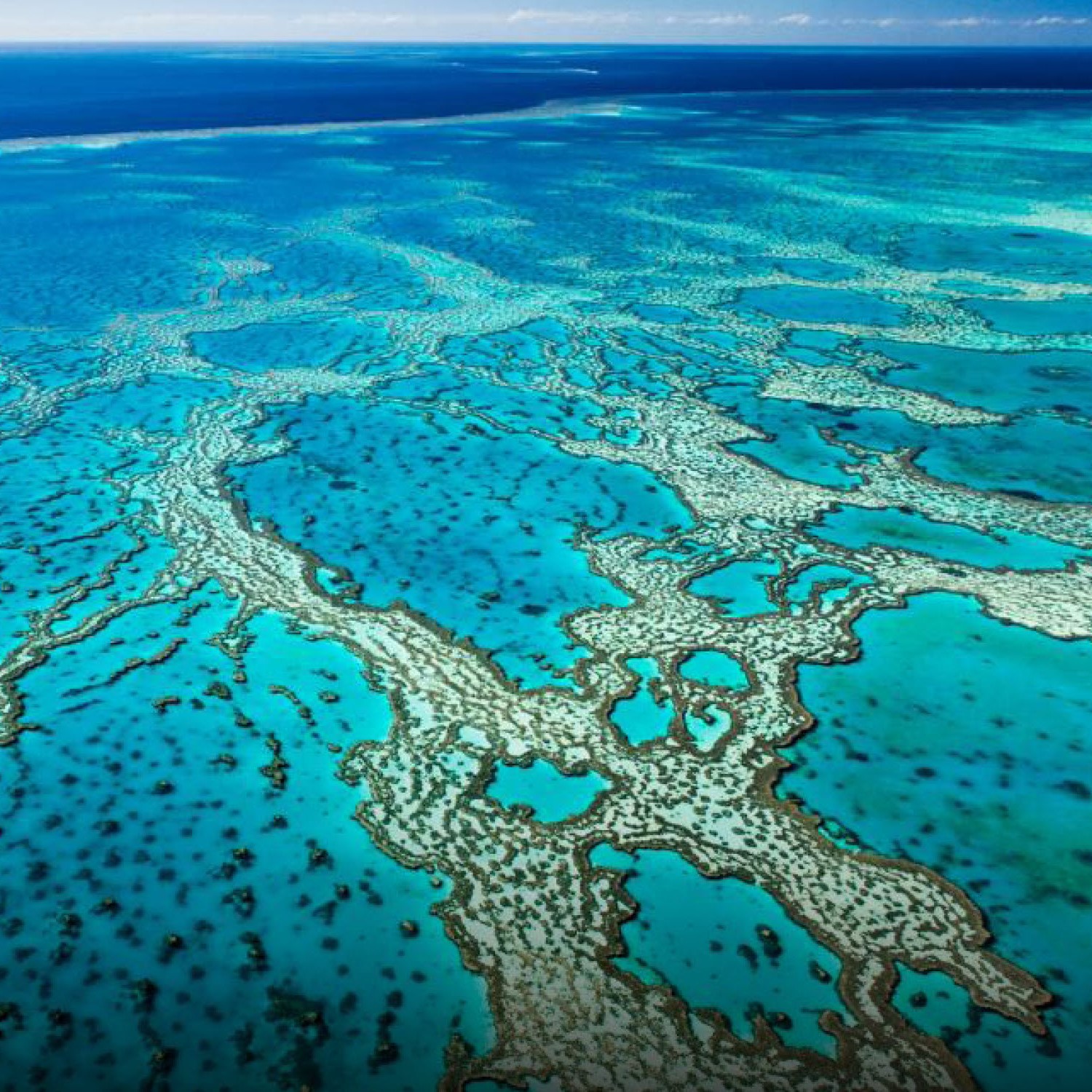
Maureen “Mo” Raymo’s contributions to the geosciences transformed the understanding of Earth’s climate on tectonic, orbital, and shorter timescales. Mo pushed the envelope in research on the marine record of orbital variability in Earth’s climate over the past few millions of years and authored highly cited and inspiring papers. She did not remain within this broad topic but branched out to research linkages between climate and tectonic regimes, climate variability and oceanic geochemical cycles (including the carbon cycle), and the effects on deep-sea biota and deep-sea circulation patterns. She provided new insight into the correlation between ocean circulation and climate in SE Asia, Africa (over the time of evolution of humans), and the U.S. West—an impossibly impressive list. Her research on the interplay among ocean circulation, ice sheets, and climatic records over the initiation of Northern Hemispheric glaciation and changes in the dominant variability of glacial-interglacial climate change has inspired a large volume of research that is important for our understanding of changes in Earth’s climate.
In addition to her scientific excellence, Mo has been a superb supporter of her many undergraduate and graduate students, as well as postdoctoral advisees, encouraging them to bring out the best in their research and copublishing outstanding work. She has been a major contributor to the paleoclimate research that has been used in the evaluation of anthropogenic climate change and cited in the Intergovernmental Panel on Climate Change reports. In addition, she has been a popularizer of science, as shown in the book Written in Stone: A Geological History of the Northeastern United States, cowritten with her father. This book is an excellent example of making science accessible to people who are interested but not professionals. This interest in making science accessible to nonprofessionals is also shown in her active involvement in public lectures on climate change, in producing web content (e.g., “How high will the waters rise?”), and in contributing to articles for the general public (“How the New Climate Denial Is Like the Old Climate Denial,” February 2017, Atlantic).
Mo Raymo has served the paleoclimate community in many ways, including decades of service in the Ocean Drilling Programs, as well as membership in the Advisory Council of the Climate Science Legal Defense Fund. At a time when not only climate change science but science in general is under assault, it is exciting and gratifying to see that Mo Raymo, who combines excellence in research with advocacy for science, has been rewarded with the Maurice Ewing Medal.
—Ellen Thomas, Yale University, New Haven, Conn.; also at Wesleyan University, Middletown, Conn.

Marine fallout ash beds can provide continuous, time‐precise records of highly explosive arc volcanism that can be linked with the climate re...





